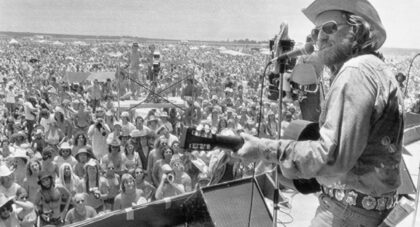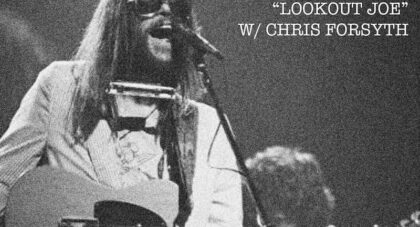Diversions, a recurring feature on Aquarium Drunkard, catches up with our favorite artists as they wax on subjects other than recording and performing.
Following the quick succession of a trio of albums beginning in 2014 (along with the 2016 release of Cory Hanson's solo endeavor, The Unborn Capitalist From Limbo) the LA based Wand return with album four -- Plum. At 10 tracks it's the groups most nuanced work to to date, both aesthetically and atmospherically. As such, we were curious as to what was brewing behind the scenes while cutting the album in the Sierra Nevada foothills of Grass Valley, CA. As it turns out, a lot. Below, members Evan Burrows, Cory Hanson, Robert Cody, Sofia Arreguin and Lee Landey take us on a tour; one involving Sonic Youth and Joan Didion to Yerba Mate, tuna fish sandwiches and beyond.
Sonic Youth / Sister: This record was indispensable for me during the time we were working on Plum-- as an accomplice, a refuge in my grief and confusion, a sterling object lesson in musical space and surface. Plenty's been said about it, so why not say more? It's like a pulsing heart, shimmed at every junction with slides of freezing glass, liters of blue blood leaking everywhere. Or it's like a waning half moon, tilted just so, spilling silver all over all the many-colored things. Somehow, this record seems to seek in sympathy with the struggle of youth for reality. I think we have always wanted our own records to feel like a sympathetic seeking along these lines. Sister howls in celebration at how splendid, mad circuitries of dystopian fantasy sprawl out from pre-verbal grief. It allows asymmetry, and wonders at how feedback sings and swells like a brain in an otherwise empty skull. "Angels are dreaming of you." - EB
Only the good shit. Aquarium Drunkard is powered by its patrons. Keep the servers humming and help us continue doing it by pledging your support.
To continue reading, become a member or log in.


